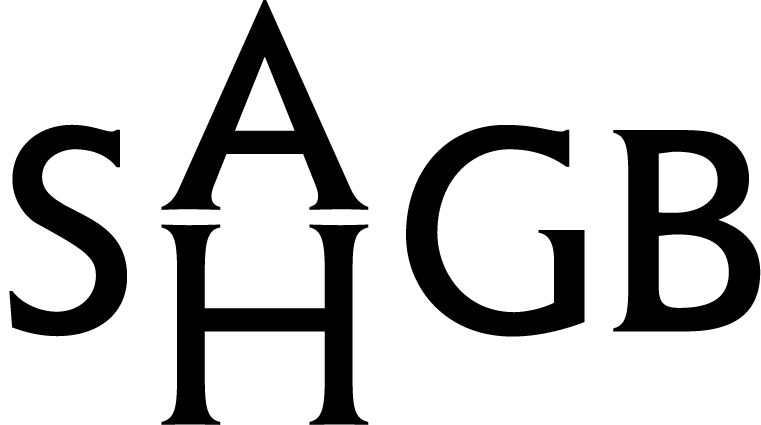We are delighted to host the first of the new SAHGB/IHR/Wellcome Collections Partnership seminar series.
This occasional seminar series will expand the sharp focus on hospital architecture to understand the history of spaces of sickness and health in wider socio-cultural contexts. Sessions will take varied formats and encourage discussion. The inaugural event - marking the anniversary of the UK’s first coronavirus lockdown - unites art and architectural historians from New York, Seattle, and Alabama, as well as the UK to explore the Art of Epidemics.
This session explores the imagery of epidemics and the fears they engendered during the emergence of modern medicine, the development of international trade, and the expansion of colonialism. The roundtable begins with studies of how visualisations incorporated medical knowledge, rumours, and earlier imagery of death and monstrosity. They address how artists pictured epidemics by visualising the unseen (pathogens or germs such as bacteria and viruses), by documenting the physical symptoms of the illness, anthropomorphising sources of disease according to race, ethnicity, or gender, or constructing dystopian spaces.
Fear & Loathing in Nineteenth-Century England examines popular prints from London’s Wellcome Collections relating to the 1832 cholera epidemic. It anatomises how they harness appropriate and incongruous graphic and cultural traditions, reflecting and reinforcing medical and socio-political anxieties and unrest.
Invisible Destroyers: Cholera and COVID in British Visual Culture explores how British press representation of COVID-19 recalls visual history of the iconography of epidemics, evoking the danse macabre of the Black Death, and the king’s healing touch.
Embodying Cholera: The Visual Culture of Disease and Colonisation in Early Modern Japan addresses nineteenth-century Japan’s cholera outbreak inciting mass fear. The established visual language of disease meshed traditional treatments with Buddhist and Shinto beliefs, and anthropomorphised illnesses as demons and animals.
Capturing the Invisible Enemy: Photographs of the 1918 Influenza Epidemic analyses the ‘first mass-mediated pandemic’ in the United States, the 1918 -1919 influenza epidemic – at the beginning of modern journalism. Photographs played a critical new role in relation to public health developments, documenting the virus’ impact.
Speakers:
Marsha L. Morton, Professor of Art History of Art and Design, Pratt Institute, New York;
Ann-Marie Akehurst; Independent Architectural Historian;
Amanda Sciampacone; Teaching Fellow, Department of History, Queen Mary, University of London;
Sara Kate Berkowitz, Visiting Assistant Professor of Art History, Auburn University, Alabama;
Louisa M. Iarocci, Associate Professor, Department of Architecture, University of Washington, Seattle.
For the foreseeable future the SAHGB Seminars will be virtual events via Zoom. We will circulate joining instructions via email the morning of the scheduled event. Please complete the form below to register.
Support the SAHGB
Please consider making a donation to support our virtual programme and educational mission:

